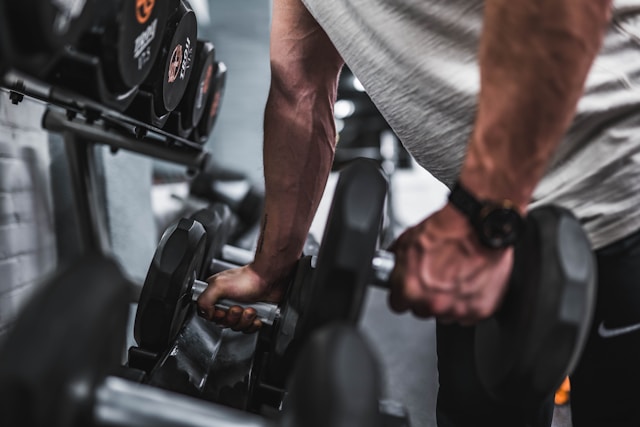Sports injuries are an unfortunate but frequent reality in athletics. Whether you’re a professional athlete or a casual enthusiast, the risk of getting injured is always there. However, with the right approach to rehabilitation, athletes can often recover and return to their sport stronger than before.
A practical method that has gained popularity in recent years is remedial massage. This therapeutic technique goes beyond relaxation; it identifies and addresses the causes of muscular issues and injuries. This article explores how this therapy is crucial in supporting sports injury rehabilitation, helping athletes regain mobility, reduce pain, and prevent future injuries.
Reducing Pain and Inflammation:
A primary benefit of this therapy in sports injury rehabilitation is its ability to reduce pain and inflammation. When an athlete sustains an injury, whether a strain, sprain, or overuse injury, it often leads to localised pain and swelling. Massage therapy can alleviate these symptoms by boosting blood flow, supplying muscles with oxygen and nutrients, and revving the disposal of metabolic waste. Also, myofascial release can help release muscle and fascia tension, reducing nerve pressure and alleviating pain.
Improving Range of Motion and Flexibility:
Another critical aspect of sports injury rehabilitation is restoring the athlete’s range of motion and flexibility. Injuries can induce muscles to become tight and stiff, restricting movement and increasing the risk of further injury. This therapy can help address these issues by targeting adhesions, scar tissue, and muscle imbalances contributing to restricted movement. Therapists can lengthen tight muscles, break down scar tissue, and improve joint mobility through stretching and deep tissue massage. This not only enhances performance but also reduces the likelihood of re-injury.
Enhancing Recovery and Healing:
This therapy is crucial in enhancing the body’s natural healing process. Massage helps flush out toxins and reduce swelling by increasing circulation and lymphatic drainage, allowing injured tissues to heal more effectively. Moreover, massage stimulates the release of endorphins, encouraging relaxation and reducing stress levels, which are indispensable for recovery. Regular massage sessions throughout the rehabilitation process can significantly speed up healing, enabling athletes to return to their sport sooner and with less risk of complications.
Preventing Future Injuries:
Beyond aiding recovery from existing injuries, this therapy helps prevent future ones. Massage therapists can identify areas of weakness or vulnerability that may predispose athletes to injury by addressing muscular imbalances, postural issues, and biomechanical dysfunctions. Through targeted massage techniques and personalised treatment plans, athletes can correct these imbalances, strengthen weak muscles, and improve overall body mechanics, reducing the risk of recurrence. Additionally, regular sessions as part of a proactive maintenance program can help athletes stay in peak condition and minimise the impact of training-related stress on their bodies.
Promoting Mental Well-being:
In addition to its physical benefits, this massage therapy promotes mental well-being, which is crucial for athletes recovering from injuries. Sports injuries can be emotionally challenging, causing frustration, anxiety, and even depression. This massage provides a safe and nurturing environment for athletes to relax, unwind, and release physical and mental tension. Massage triggers the discharge of neurotransmitters like serotonin and dopamine, elevating mood and reducing stress and anxiety. By incorporating massage into their rehabilitation routine, athletes can better cope with the psychological aspects of injury and maintain a positive outlook on their recovery journey.
In conclusion, remedial massage is a valuable tool in sports injury rehabilitation, offering a holistic approach to healing and recovery. By targeting the underlying causes of musculoskeletal issues, massage helps reduce pain, improve flexibility, and enhance the body’s natural healing process; for athletes looking to recover from injuries and return to their sport stronger than before, incorporating this massage therapy into their rehabilitation program can make a significant difference in their recovery journey.



